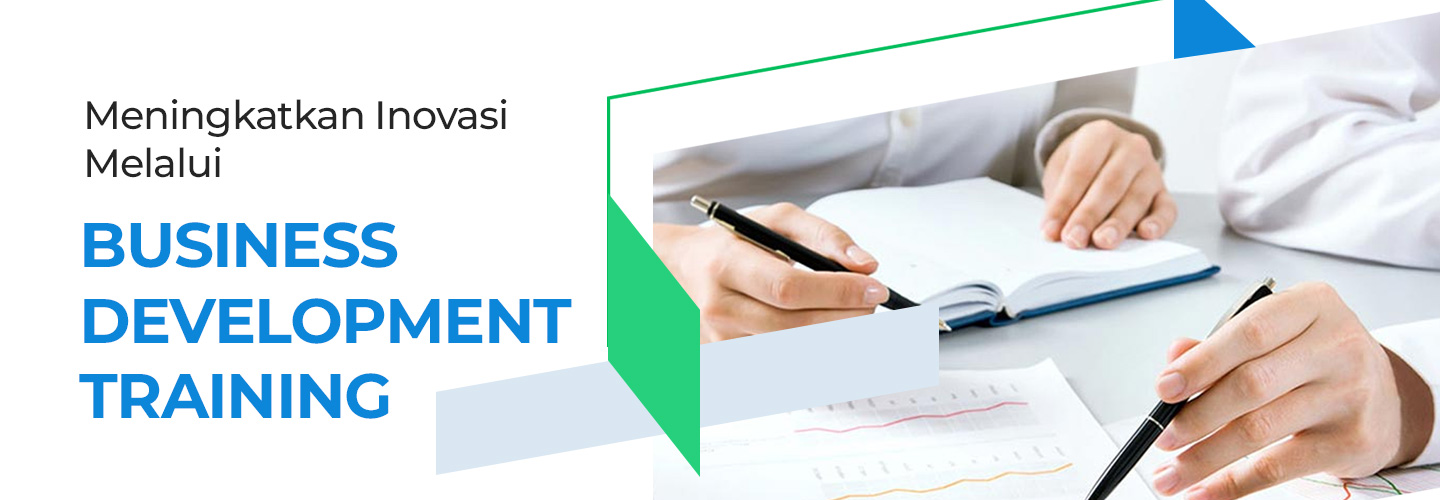The Importance of the Product Life Cycle in Product Development

A company or business will be careful in monitoring the movement of the products or services offered. This activity is often called the product life cycle. The product life cycle is an important component for companies to understand the journey of their products.
Overall, the processes carried out to maintain the product life cycle can apply equally to products. Regardless of the type of product or service, the development stages carried out can be implemented in the same way.
What is a Product Life Cycle?
The product life cycle is the process of a product from launch until it is withdrawn from the market. In general, this concept is used by companies to find out the right time to increase advertising, reduce prices, expand market reach, and redesign the packaging of the products or services offered.
The benefits of the product life cycle can shift old products out of the market. As time goes by, products or services that have been on the market for a long time will gradually disappear and be replaced by new products that look more successful.
Product Life Cycle Stages
Product life cycle has an important role for companies in running long-term business. The product life cycle is an important aspect, especially for marketers, management and designers. Here are the four stages of the product life cycle that you need to know:
Introduction
Branding and product quality will be determined at the introduction stage of the product life cycle. At this stage, the company can set low prices for the products it sells or spend high costs on advertising.
The company will know customer responses to the product. Customers also still need to be given additional directions and information regarding the products or services offered. The aim of this stage is to increase consumer demand so that profits from the product's popularity are even higher.
Growth
At this stage, customers trust the product being offered so they do not hesitate to make a transaction or purchase. In other words, the product concept offered can be accepted by customers and there will be an increase in sales.
Companies must maintain existing quality and carry out developments such as additional features, complementary and supporting products. This is done with the aim of increasing popularity and marketing focus on wider customers. Distribution will automatically be increased to accommodate increased demand.
Maturity
When sales levels become higher, companies must be smart in maintaining the market share they have gained. Companies will carry out major innovations at this stage and usually product features will be improved to enable stronger product differentiation from competitors.
Companies should be wise in spending costs in the product development process. Distribution will become more intense and new incentives may be introduced to try and drive sales. Marketing also focuses on product differentiation in the market.
Decline
The product will enter the maintenance or maintenance phase. Various efforts are made to create new products or change products significantly. If there is a decline in sales, the product can be withdrawn from the market, unless it can be redesigned according to market relevance. Another possibility to gain profits when entering this stage is to switch to cheaper production methods and markets.
Challenges of Using the Product Life Cycle
It is important to know that the product life cycle is a complex thing. Some products have life cycles that can be measured in months or years, while other products can be measured in decades or even centuries.
Increasing sales do not always indicate growth, nor do decreasing sales necessarily indicate a decline. Therefore, it is important not to use the product life cycle as a rigid and only tool that must be adhered to.
The product life cycle must go hand in hand with common sense and a shared understanding of the market. The goal is related to making decisions that are in accordance with the best value for the company's development.
The maturity and decline stages are two steps that are difficult to identify in various forms of precision and strategic decisions. In this step, all decisions must be made carefully to provide the desired results.
This is a brief explanation of the product life cycle and the stages involved in it. The product life cycle is a process that also requires wisdom in managing each stage of the product. This is based on considerations of results that can be more justified in their value on the market.


